When it comes to products that touch a baby’s skin, the level of scrutiny borders on obsession.
This was the consumer insight underpinning the start of Mamaearth, a personal care product company reportedly gearing up for an IPO at a valuation of $3 bn1.
B2B – From Baby to Beauty – the story of Mamaearth’s growth
In what by now is a well-told story (thanks in no small part due to excellent PR work by Mamaearth), Varun and Ghazal Alagh, the founders of Mamaearth, wanted safe and effective baby products for their newborn child, but could not find any in India. The founders realised there was a potential business opportunity to address this gap at scale.
Thus was born Mamaearth in 2016- a brand that promised to deliver world class baby products that are 100% toxin free (“no nasties”) and certified by Made Safe (a US based nonprofit certification agency).
This move was both smart and bold.
The baby care product category has a huge headroom for growth (with a projected 14.8% CAGR growth from 2022 to 20272). At the same time, the category is also dominated by entrenched global brands with deep pockets that enjoy awareness and distribution advantages.
However, Mamaearth didn’t just surmount this massive challenge, it leveraged its success in Babycare category to seamlessly launch beauty and personal care products for the entire family, moving beyond a $3 bn potential size baby care industry to play in a roughly $30 bn potential beauty care industry.
How Mamaearth achieved this business feat in a short span makes for a fascinating marketing case study of a young David taking on the industry Goliaths.
Mamaearth’s Marketing Masterstrokes
Mamaearth’s marketing strategy success is a story about getting a lot of fundamentals correct and tying them all together in a cohesive manner using a compelling, simple, and easy-to-consume brand narrative.
1. A Brand Name that Sticks
First and foremost, the brand paid deliberate attention to get its ‘brand name‘ right- a marketing asset that many new-age D2C firms take for granted. The name “Mamaearth” delivered an unparalleled strategic advantage to the brand from its very inception.
A contemporary twist on ‘Mother Earth’, this name immediately cues a soft innocence and a nurturing quality that’s pure, natural and caring, and fits in beautifully with the personal care category. This also ties in well with the ‘no-nasties’ claim of the brand.
Interestingly, the name is also elastic enough to allow the brand to foray seamlessly into multiple consumer cohorts and categories, which naturally suited Mamaearth’s expansion ambitions.
2. Power of Purpose
Today consumers don’t just buy brands, they are buying ‘into’ brands. Therefore, the WHY behind brands (i.e., the reason for their existence) is becoming as important as WHAT (their products). This is where the power of Purpose comes in.
Mamaearth understood this early on in its journey and leveraged it as an opportunity to create a differentiator in the market vs the established incumbents.
In a very insightful podcast, Varun Alagh, the co-founder of Mamaearth said: “Mamaearth’s brand purpose is to help people make those little choices which will add goodness to their lives…”
The success of Mamaearth’s marketing strategy lies not just in identifying a brand purpose, but in packaging it in a simple, tangible and consistent manner for all its consumers.
In fact, in the same interview Varun goes on to beautifully articulate the framework Mamaearth uses to bring alive its purpose story:
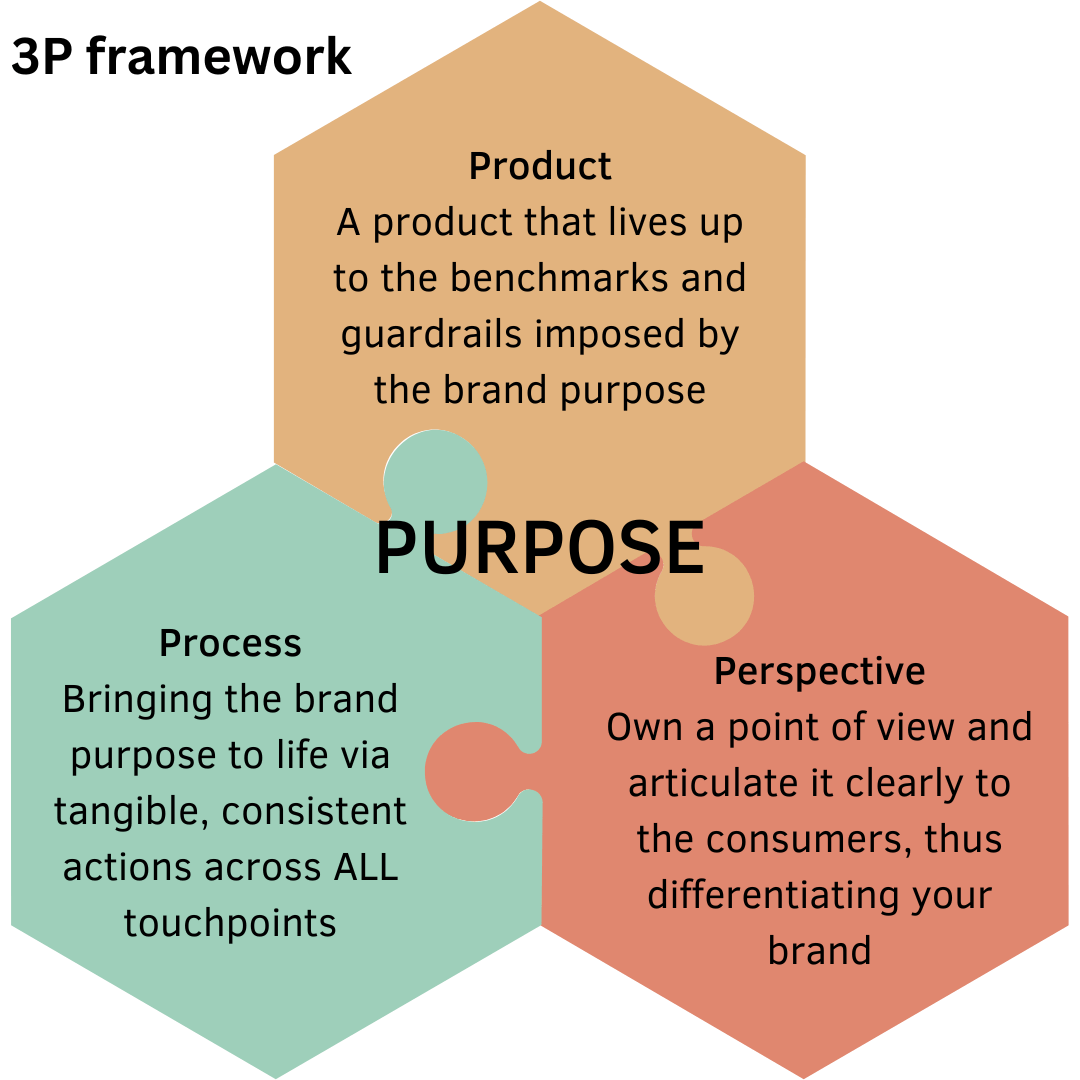
Product: claims like “No nasties” (like SLS, paraben, sulphates), natural ingredients – are some simple, universally understood and tangible indicators that show how the brand lives its purpose in its products.
Process: in addition to claiming to be being plastic positive, Mamaearth also has a “Plant Goodness Project” – where each purchase on its website is linked to a tree that they plant. Consumers are sent the geotagging of the tree that was planted from their order. It’s a clever way for consumers to feel-good about how the brand effortlessly helps them to do their bit of goodness.
Perspective: here also the brand has a unique cut– it believes that beauty is not just about what you look like or feel, but also about what you do. This perspective is used to create an emotional hook in communication, thereby connecting better with consumers.
So, it is evident that the brand doesn’t see Brand Purpose as a theoretical or philosophical framework. Rather, it’s a deliberate part of Mamaearth’s overall marketing strategy to differentiate itself from the competition.
3. Laying the foundation of Trust
Any mom picking up a product for her baby care needs can relate to the low-grade anxiety and nagging self-doubt over whether she made the right choice.
In such a scenario, a brand that talks to her in her language, reassuring her that its products are “made by a mom for other moms” is a highly compelling narrative that can convert even the most sceptical ones.
This is exactly what Mamaearth did to build trust, thus allowing them to crack the phenomenally tough baby care category.
Ghazal Alagh, the co-founder and a mom herself, talked to hundreds of moms to try and understand more about consumer pain points. The insights and feedback that came from these interactions went into finetuning the product and the brand narrative.
The brand sampled the product amongst moms extensively, garnering both trust and testimonials. They also tapped into hundreds of mom bloggers to drive word of mouth, awareness and acceptance for Mamaearth.
Once the brand cracked the baby-care category, it delivered on the most critical moment of truth, almost establishing for its consumers that “if I can trust the brand with my baby, I can trust it for everyone in my family”. The brand smartly leveraged this trust to foray into categories beyond baby care, complementing it with a thought-through product, packaging and pricing mix.
4. A product strategy that marries both traditional and trending
When it comes to its ingredients and product formats Mamaearth has taken a very interesting approach. The brand has leveraged both traditional and trending ingredients (Neem, Onion, Turmeric, Aloe-Vera, Vitamin C, Green Tea…) in popular product formats (creams, lotions, serums…).
These well-known ingredients, attributed to well-known benefits, give consumers a strong reason to believe for the efficacy of Mamaearth’s products without adding to their cognitive overload.
Mamaearth’s product strategy has worked brilliantly for the brand, rendering it a broader mainstream appeal. This is also heavily assisted by an intelligent pricing and packaging strategy.
5. Pricing and Packaging that simplifies decision making
Backed by compelling ingredients and benefits, Mamaearth is priced at a justifiable premium, delivering a higher perceived value to the consumers. This allows the brand to tap into a larger share of pie in the category.
The brands’ packaging is intuitive by design, with a tangible demonstration of ingredients (large pictures, prominent mentions), safety (‘free from’ claims) and benefits (hairfall control, tan removal, acne control etc.)- a template that is consistent across the entire range.
This flow is easy to process and meets all the requirements of purchase decision markers sought after by consumers.
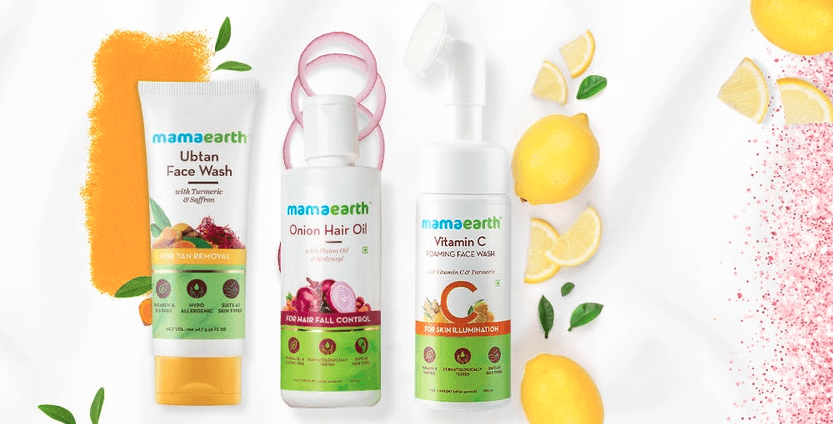
6. Communication strategy single-mindedly focused on driving rapid adoption
Fighting against the spending might of incumbents like P&G and Unilever is not an easy task for challenger brands. Mamaearth tackled this issue by being very focused on its communication strategy.
Eschewing complex storytelling tropes, Mamaearth’s communication relied on principles that underpinned its product strategy – intuitive ingredients (onion, neem, ubtan), popular formats (face wash, shampoo, face cream), and common issues (hairfall, acne, blemishes etc.).
This resulted in easily understandable messages which were communicated clearly to consumers using three vehicles:
Influencer Blitzkrieg
Mamaearth arguably pioneered the marketing concept of “Influencer Blitzkrieg” in India. During the initial few years, they teamed up with scores of moms, beauty bloggers, and online reviewers to create content about Mamaearth products.
These micro-influencers came from all ranges of cohorts – small and big towns, English-speaking and regional language experts, as well as channels – Instagram, YouTube, and Facebook. No other beauty care brand had used such a deliberate influencer strategy before that.
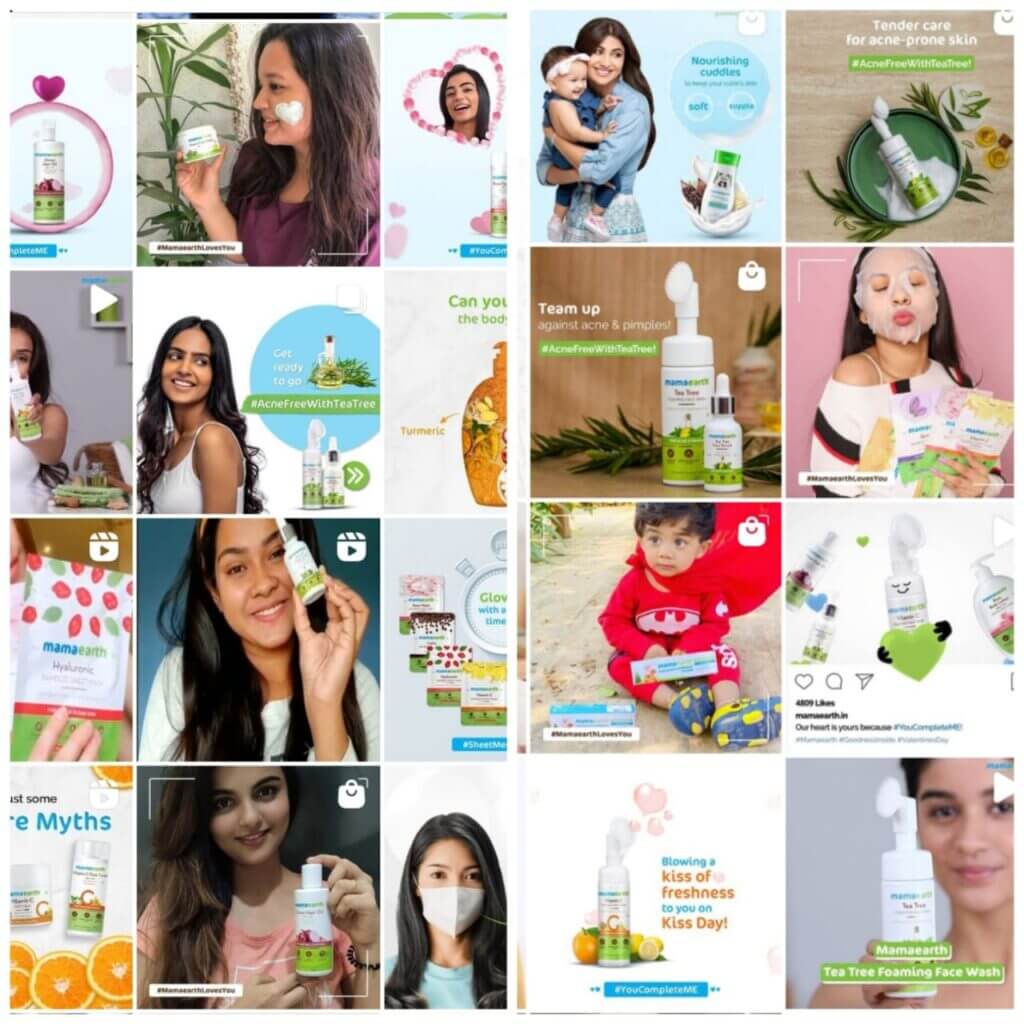
A relatable yet aspirational brand ambassador
Getting Shilpa Shetty on-board as an investor and ambassador was a masterstroke for Mamaearth.
As an age-defying celebrity mom, Shilpa arguably found more success in the second phase of her career post movies, when she wore multiple hats of a mother, an entrepreneur, an actor and a health & wellness influencer with effortless ease; thus, becoming an aspirational icon for many other moms.
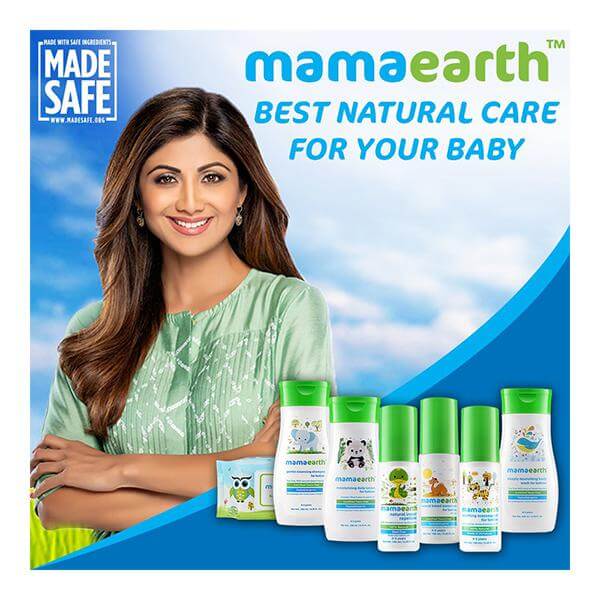
A resonating Founders’ Story
From the very inception of Mamaearth, both Varun and Ghazal Alagh have shared a very personal and compelling story of how a genuine problem that they faced as young parents led them to the idea of Mamaearth. This gave a humane edge to the brand, making it relatable to its consumers.
Besides PR interactions and social media posts, Ghazal Alagh’s appearance as a judge on Shark Tank India further reinforced the founders’ narrative. The show gave a glimpse of her warm and confident personality- making the viewers connect to her as a person. Needless to mention, the massive success of the show and the reach of television also gave a great boost to the brand’s awareness.
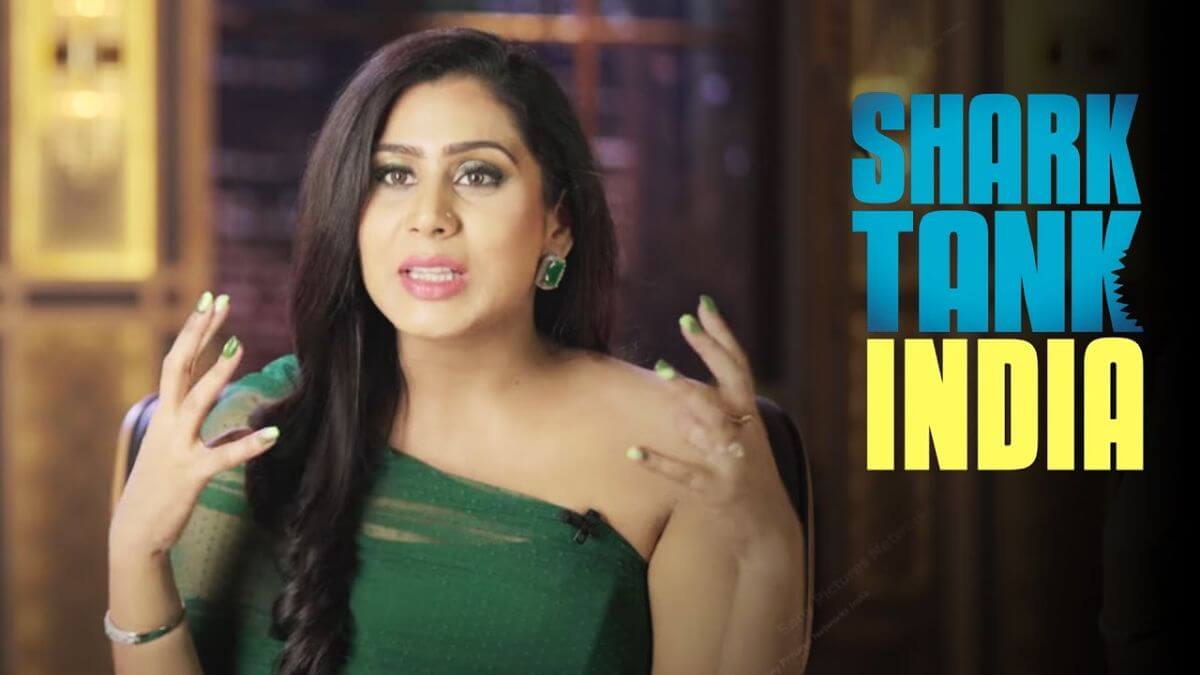
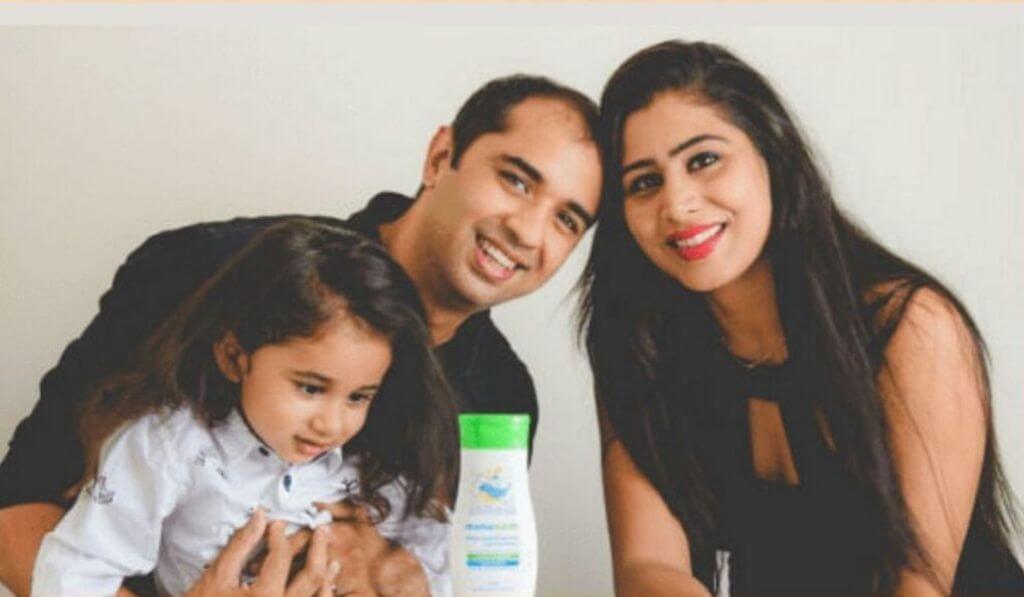
Final Takeout
Mamaearth has had a great journey so far, thanks in no small part to the brilliant marketing acumen of its founders. The pandemic was a spanner in the wheel for many legacy brands in this space, but Mamaearth, being a digital native brand, was a beneficiary of the massive uplift in online e-commerce segment, clocking a 400% revenue jump in FY213 .
However, meteoric growth comes with its own set of challenges.
While Mamaearth has cracked the online model of brand building, the brand is aware that the next phase of Mamaearth’s growth would come from offline.
Offline is not only dominated by well-established players who thrive on deep relationships, massive distribution and mass awareness, it also poses a fresh set of challenges ranging from building reach to managing inventory and costs.
While the brand has put an offline strategy in place, expanding through MBOs and opening EBOs, its offline playbook is still a work in progress and it would be interesting to see how Mamaearth navigates this maze 4.
Further, given its origin story and narrative so far, Mamaearth has cleverly managed to establish itself as a ‘family brand’ – catering to everyone in the family from newborns to parents. However, the younger audience (esp. teenagers and those in their early 20s) who are real explorers and trend-setters in the category want to experiment beyond brands that their family is using. Roping in a young ambassador like Sara Ali Khan could be the brand’s attempt to appeal to this cohort.
Also, a niche yet extremely evolved and savvy set of consumers are realizing that not all chemicals are bad and that everything natural may not be necessarily effective. This is also leading to an uptick in active based brands like Minimalist.
At a broader level, the entry barriers in D2C beauty category have reduced and there is an influx of brands that are trying to replicate the marketing strategy playbook of Mamaearth. A brand that benefitted by positioning itself as a David among the Goliaths, risks being repositioned as a new Goliath by the emerging brands in this space!
Finally, the brand has checked all the right boxes to create high awareness and positive consideration. It is natural then that the brand website must be getting a lot of direct traffic. However, the brand website itself comes across as very tactical and transactional, missing an aspirational quotient that is expected of a beauty brand.
Overall, Mamaearth’s growth is a sterling case study of D2C marketing success story. It’s a great proof of what Varun mentioned in his podcast interview: “This century belongs to WHY based brands rather than WHAT based brands…Once they [consumers] buy into why the brand exists, they actually buy whatever from the brand, not just the what.”
Now that’s an advice worth remembering!
Sources:
- https://www.livemint.com/companies/news/mamaearth-eyes-3-billion-valuation-in-2023-ipo-report-11655804337827.html
- https://www.expertmarketresearch.com/reports/india-baby-care-products-market
- https://www.forbesindia.com/article/how-we-survived/beauty-and-the-beast-how-mamaearth-clocked-400-growth-amid-covid19/66541/1
- https://retail.economictimes.indiatimes.com/news/health-and-beauty/expansion-across-same-stores-same-cities-and-new-towns-key-levers-of-offline-growth-says-honasa-consumer-cbo-zairus-master/93612572
